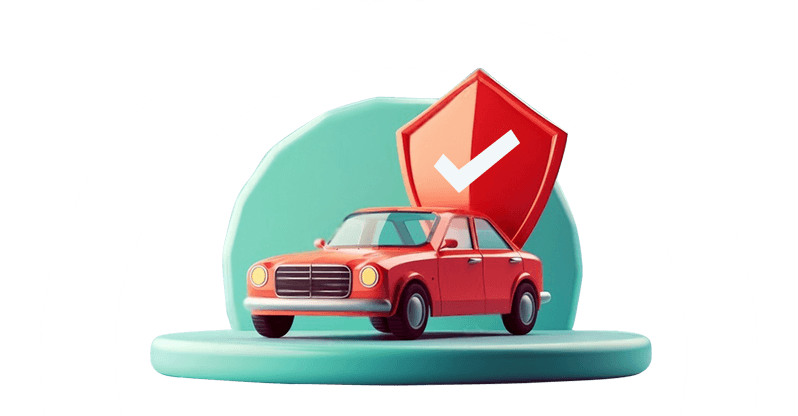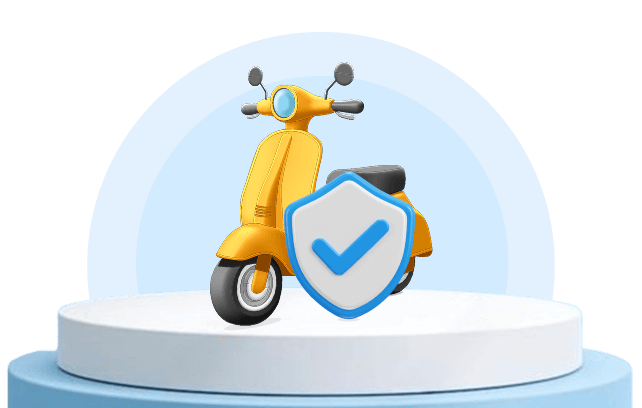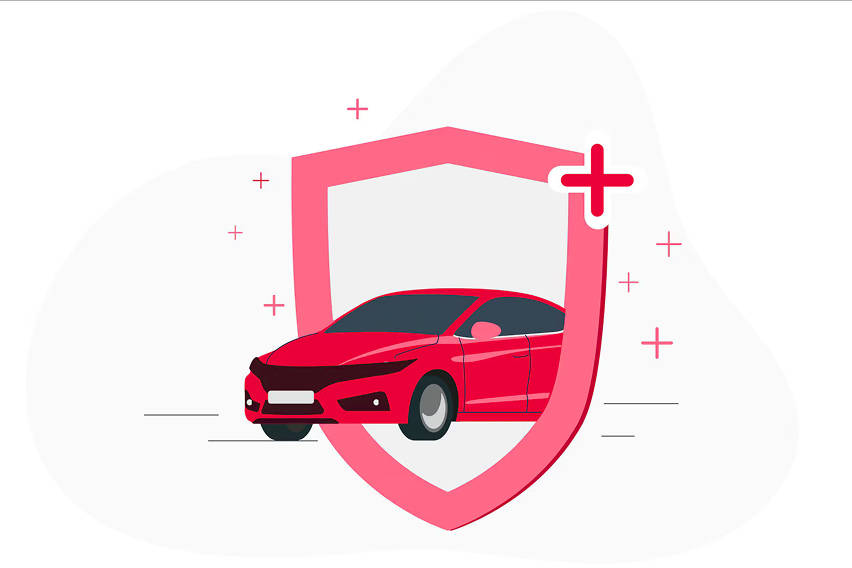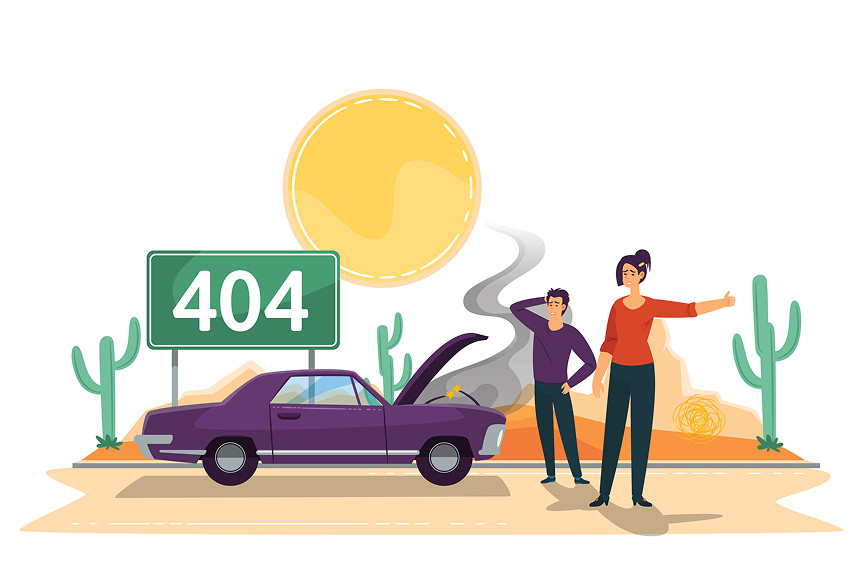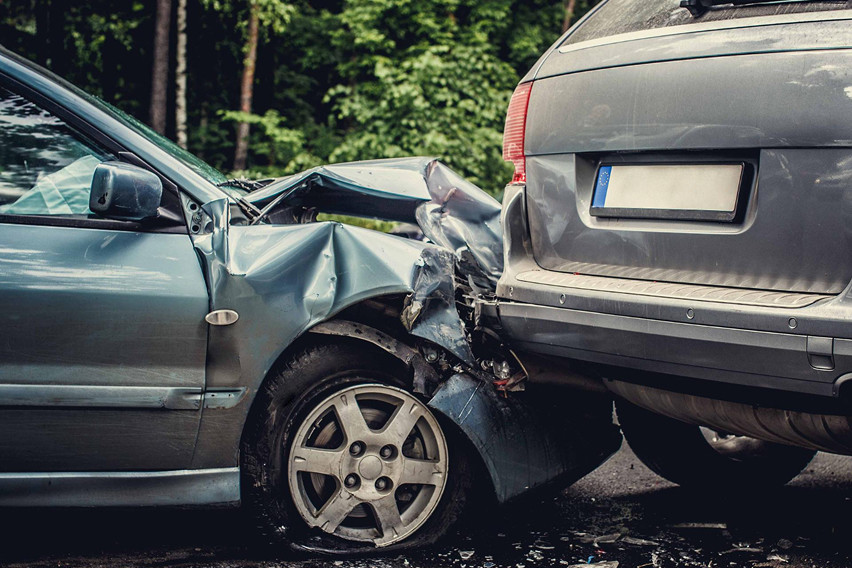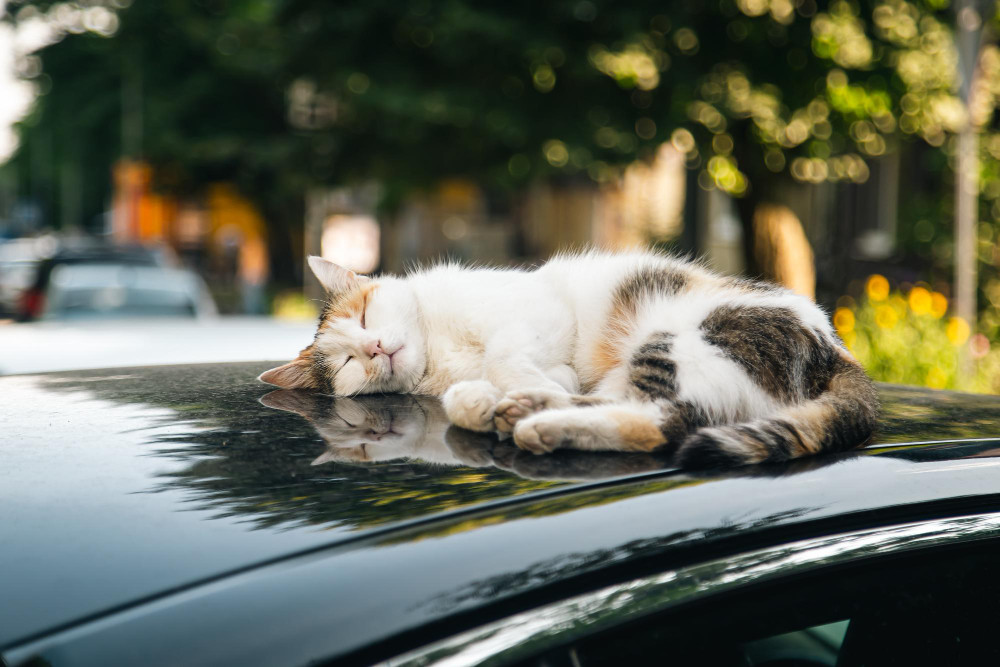
As car owners, it is our responsibility to drive safely, follow all traffic rules and regulations, and obtain and renew car insurance promptly. Doing the latter is equally essential as the rest because insurance offers you protection against unannounced financial strains. However, for that to happen, your insurance policy should be such that it provides coverage against the worst of damages. Here we are talking about looking beyond the mandatory CTPL insurance.
We are discussing the option of comprehensive insurance, which provides broad protection against risks such as theft, fire, collision damage, and natural disasters. Now, what if your car gets damaged beyond repair in an incident? What will happen then? Will you be compensated for your loss?
Yes, if your policy includes total loss coverage. Wanna know more about this particular coverage? Continue reading to gain in-depth knowledge about total loss cars and their coverage.
Let’s begin …
What is a total loss car in the Philippines?
In simple terms, a total loss car has been damaged beyond economical repair. So, if the repair cost of the vehicle post-accident, flood, or theft is more than its market value, the insurance companies declare such cars as ‘total loss’.
In the Philippines, most insurance providers consider a car a total loss if its repair cost exceeds a certain percentage of its market value. Typically, the threshold is 75%, meaning that if the repair cost exceeds 75% of the vehicle’s fair market value, it is considered a total loss.
Example for 75% damage rule -
If the car’s current fair market value is PHP 500,000 and the repair cost post-incident is PHP 400,000, i.e., 80% of the car’s value, it is considered a total loss. In such a case, the insurer will not pay for the car's repair. Instead, the policyholder will receive a payout based on the car’s value before the damage occurred.
But, what if the repair cost is below 75% of the vehicle’s market value? Such vehicles are considered a partial loss.
Partial Loss vs. Total Loss
|
Partial loss |
Total loss |
|
|
When is a car tagged as a total loss (& by whom)?
After an incident, when a policyholder contacts the insurer to report the incident that damaged their car, a claim adjuster is sent to inspect the situation and assess the vehicle damage. If the repair cost is high or the vehicle is in such a condition that it cannot be restored, it becomes a case of total loss.
Common criteria of tagging a car as a total loss include: the repair cost exceeding 75% of the vehicle’s market value, severe engine damage, severe body/frame damage, and the vehicle’s poor roadworthiness post-incident.
 Image from iStock
Image from iStockWhat to do after the car is a ‘total loss’
After the incident, if your car is tagged a total loss, your next step should be to apply a Total Loss Claim.
A total loss claim is a claim filed by the car owner with their insurance provider when the vehicle damage is beyond repair or is not feasible economically. Such damages typically result from a serious accident or natural disaster.
By filing a total loss claim, the vehicle's owner is essentially seeking compensation from the insurer, based on the fair market value of the car before the incident.
Key points to remember when filing a total loss claim -
- Ensure the claim is filed within the coverage period and complies with the policy rules.
- This claim is typically covered under comprehensive insurance (however, check with your insurer).
- The car owner's settlement amount includes the vehicle’s fair market value minus depreciation.
- After the payout, the car’s ownership gets transferred to the insurer. In some cases, the policyholder has the option to take possession of the damaged vehicle (for auction or disposal purposes).
Overall, a total loss claim is a saver for Filipino car owners, as it protects them from the burden of fixing a car that’s no longer roadworthy and practical to drive.
Type of total loss claims
If you think that all total loss claims are filed after some major accident or incident, then you are mistaken. Here are the different scenarios under which your car is declared a total loss. Note that the claim filed under the respective scenarios is under the same name.
Actual Total Loss (ATL) -
If your car is completely destroyed and cannot be repaired, it will fall under the actual total loss category. Such a total loss usually occurs due to a severe collision or fire.
Under the ATL claim, the insurer pays the full insured amount or the fair market value of the vehicle to the policyholder.
Constructive Total Loss (CTL) -
If your car got badly damaged but technically can be repaired, however, the repair cost is more than 75% of the car’s fair market value, the car will fall under the constructive total loss category.
Under the CTL claim, the insurer pays the policyholder the fair market value of the vehicle before an accident, in some cases, the insured amount.
Total Loss due to theft -
If your car is stolen and remains unrecovered for a specified period, typically 30 to 90 days, it is classified as a total loss due to theft.
Under the total loss due to theft claim, the insurer pays the policyholder the fair market value of the vehicle before the accident or, in some cases, the insured amount. To file this claim, the policyholder usually needs to submit a copy of the police report along with an affidavit of loss.
How to file a total loss claim - A step-by-step guide
Let us learn how to file a total loss claim in the Philippines.
Step 1: Report the incident to the insurer
Right after the incident and after checking everyone’s wellbeing, it is time to call the insurer’s hotline. Once connected, report the incident without any further delay.
Step 2: Submit required documents
Before filing the claim, get the following documents ready -
- A photocopy of the vehicle’s OR/CR
- Police report
- Notarized affidavit
- Repair estimate
- Insurance policy
- Duly accomplished claim form
- Driver’s license
- Photo of the damage
Step 3: Assessment by insurance adjuster
After calling the insurer, an adjuster will visit to inspect the vehicle and assess the repair costs. This evaluation will determine whether your car qualifies for a total loss claim category.
Step 4. Claim approval & payout
If your total loss claim gets approved, the insurer will soon process the settlement amount.
 Photo from iStock
Photo from iStockHow is total loss claim compensation calculated?
When it comes to total loss claims, the settlement amount isn’t determined by the vehicle's purchase price, but rather by the unit’s fair market value at the time of the incident, taking into account depreciation.
Fair market value is essentially the amount of money the car would have sold for today if it hadn’t been damaged in the incident.
Wondering how insurance companies determine the fair market value of a car? To determine the market value, the insurer considers several factors, including the unit's brand and model, year of registration, condition before damage, current market prices for similar cars, and dealer listings. They sometimes also use valuation tools.
Depreciation, on the other hand, refers to the gradual decline in a vehicle's value over time due to wear and tear, usage, and other factors.
Settlement or compensation amount for total loss claim = Fair market value of the unit - Depreciation (or any deductibles)
Virtue of the damaged unit post-settlement
Ever wondered what happens to the damaged car after a total loss claim gets approved and settled? Now that the car can not get repaired, it will never be on the roads again, so either of the two things will happen -
- Ownership gets transferred to the insurer; after the payout, the damaged unit becomes the insurer's property. Or
- The owner can buy back the car for a small fee.
A few things to know about total loss claims
- Claim settlement can take time, so please be patient. It may take from a few days to a month. The delay in the claim process is usually caused by incomplete documents, pending police reports, holidays, or natural disasters.
- Your claim can be denied for several reasons, including a lapsed insurance policy, late claim filing, non-disclosure of past damages, and driving under the influence or being unlicensed. So, keep a note.
- In case of claim denial, you can file an appeal by writing a formal letter of reconsideration. If this doesn’t work, the case can be taken to the Insurance Commission.
- Don’t surrender the car ownership documents unless your claim gets approved.
Floods and typhoons are common causes of total loss claims in the Philippines and are included under Acts of Nature coverage. Therefore, ensure that your policy consists of this specific coverage.
Bottom line
For every car owner with insurance, it is essential to thoroughly understand the coverage offered. In this case, we’ll focus on the ‘total loss’, ensuring you understand what it means, the required documents, the claim process, and other relevant details. However, if your claim still gets denied or the settlement is too low, you can always seek professional help or contact the Insurance Commission.
FAQs
Q1. How to know if my car is a total loss?
Ans. It’s quite simple. If your vehicle’s repair cost exceeds 75% of its value, it would be considered a total loss.
Q2. Is total loss covered under basic insurance?
Ans. Not under CTPL, but comprehensive insurance includes total loss coverage.
Q3. How long does a total loss claim take in the Philippines?
Ans. It can take anywhere from 15 days to a month or two, depending on the insurer and the documentation.
Also Read: A simple guide to car insurance endorsement in the Philippines
